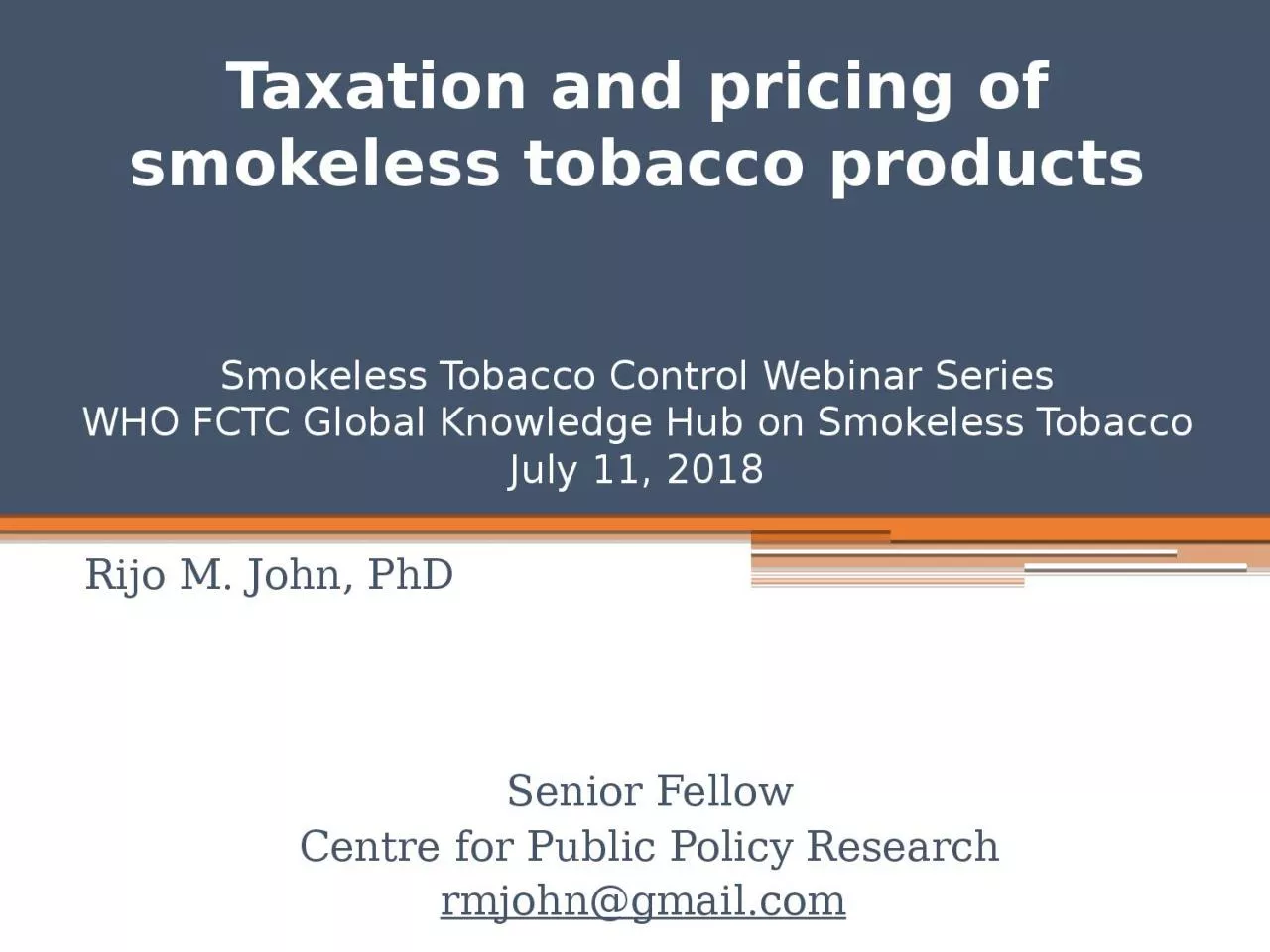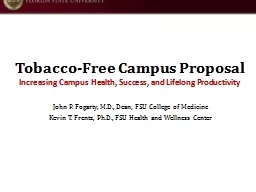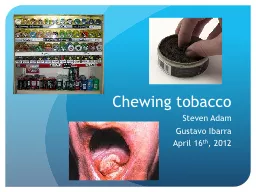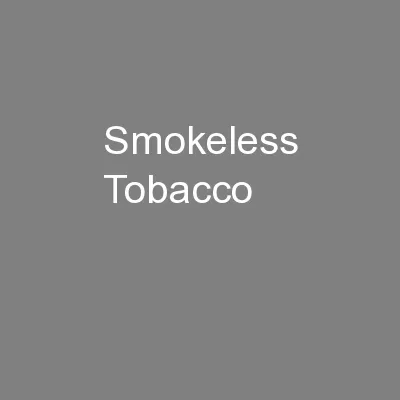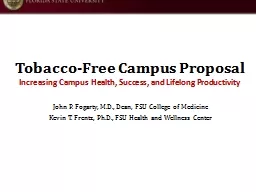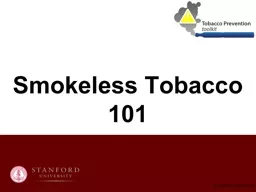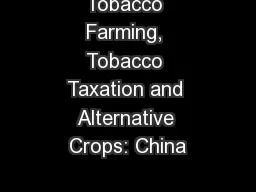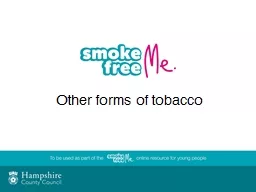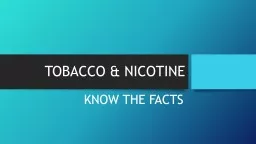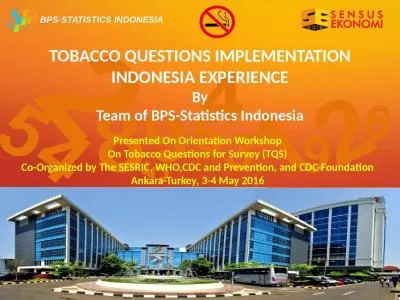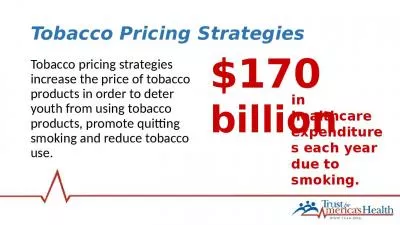PPT-Taxation and pricing of smokeless tobacco
Author : sadie | Published Date : 2024-01-13
products Smokeless Tobacco Control Webinar Series WHO FCTC Global Knowledge Hub on Smokeless Tobacco July 11 2018 Rijo M John PhD Senior Fellow Centre for Public
Presentation Embed Code
Download Presentation
Download Presentation The PPT/PDF document "Taxation and pricing of smokeless tobacc..." is the property of its rightful owner. Permission is granted to download and print the materials on this website for personal, non-commercial use only, and to display it on your personal computer provided you do not modify the materials and that you retain all copyright notices contained in the materials. By downloading content from our website, you accept the terms of this agreement.
Taxation and pricing of smokeless tobacco: Transcript
Download Rules Of Document
"Taxation and pricing of smokeless tobacco"The content belongs to its owner. You may download and print it for personal use, without modification, and keep all copyright notices. By downloading, you agree to these terms.
Related Documents

